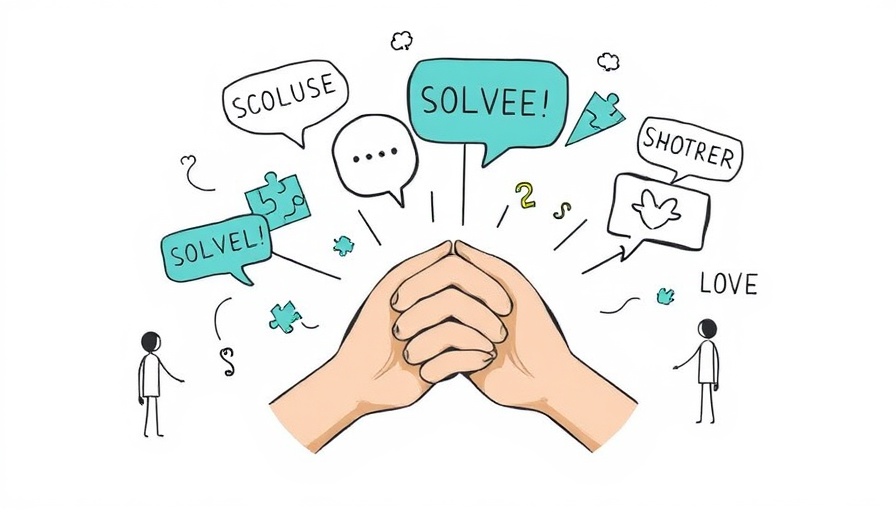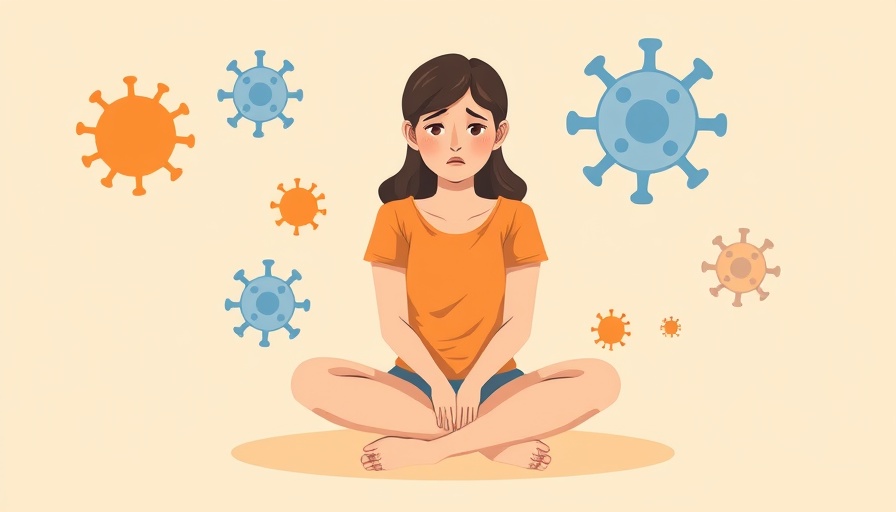
Digital Tools Cannot Stand Alone in Mental Health Initiatives
While digital tools have revolutionized many aspects of our lives, their effectiveness in addressing mental health concerns significantly diminishes without peer support. According to recent findings, merely deploying teletherapy and mental health apps isn't enough to satiate the complex emotional and social needs of individuals grappling with anxiety, depression, and other mental health conditions.
Unpacking the Study's Findings on Mental Health Rollout
The study reveals that while digital resources provide accessibility to treatment, they often lack the personal touch that comes with peer support. Individuals managing anxiety disorders, panic attacks, or depression benefit more from programs that foster interpersonal connections amidst their digital interactions. Examples include support groups, therapy integration with peer interactions, and community outreach initiatives that prioritize human interaction alongside digital engagement.
Peer Support: A Key Element of Effective Mental Health Care
Peer support emerges as a crucial component in enhancing the effectiveness of digital mental health tools. Support systems comprising peers who understand the struggles faced can markedly improve outcomes. This element fosters a sense of belonging; individuals do not just feel like another statistic in a clinical setting. Instead, they become part of a community, sharing coping strategies and experiences, which can be essential for anyone dealing with conditions such as generalized anxiety disorder, phobias, or social anxiety.
Bridging the Gap: How Digital Tools Can Integrate Peer Support
Integrating peer support with digital mental health tools can involve various innovative approaches, from virtual support groups to facilitated discussions via mental health apps. By taking cues from successful initiatives, mental health providers can create tools that not only offer symptom tracking and relaxation techniques—like breathing exercises and mindfulness—but also opportunities for real-time interaction with peers. Empowering users to connect and communicate in a supportive environment can transform the digital landscape into a nurturing space for mental health.
Addressing the Stigma: The Role of Education and Awareness
One of the primary barriers in accessing mental health care continues to be stigma. A collaborative digital tool equipped with educational resources can play a pivotal role in dispelling common misconceptions regarding anxiety, depression, and other disorders. By incorporating modules that tackle stigma reduction, awareness campaigns, and provide access to national helplines like the SADAG, these tools can better serve users while empowering them with knowledge. The educational component encourages affected individuals and their families to seek help rather than suffer in silence.
Opportunities for Future Development in Mental Health Tools
The evolution of digital mental health tools does not need to occur in isolation. Mental health policy adjustment to include the significance of peer support in reimbursement structures can incentivize practices that are holistic in nature—from traditional methods to contemporary digital approaches. Additionally, investing in research to understand the intersection of digital mental health solutions and peer support systems can guide future implementation, illustrating not only what currently works but how engagement can extend beyond the app interface.
Engagement Strategies for Users
Encouraging active participation in digital mental health tools often requires innovative strategies. Offering gamified experiences, progress tracking, and incentives for engagement can promote adherence while reducing feelings of isolation. Connecting users with mental health coaches who champion peer groups enhances accountability and motivation. This dual approach maximizes the value of technology combined with the fundamental need for human connection, fostering resilience and emotional intelligence among users.
Call to Action: Emphasizing the Importance of Supportive Networks
In conclusion, the study's findings underscore the striking need for integrating peer support into mental health digital tools. For individuals navigating their mental health journey, understanding that they do not have to face these challenges alone is invaluable. Family members, educators, and mental health practitioners alike are encouraged to promote peer-led initiatives and support systems within their communities, creating a safe space for individuals to share their experiences and encouragement.
We must advocate for policies that reflect the importance of peer support in mental health care—making it a non-negotiable aspect of our digital interventions. Together, our approach to mental health must evolve into one that harmonizes technology with humanity.
 Add Row
Add Row  Add
Add 




Write A Comment